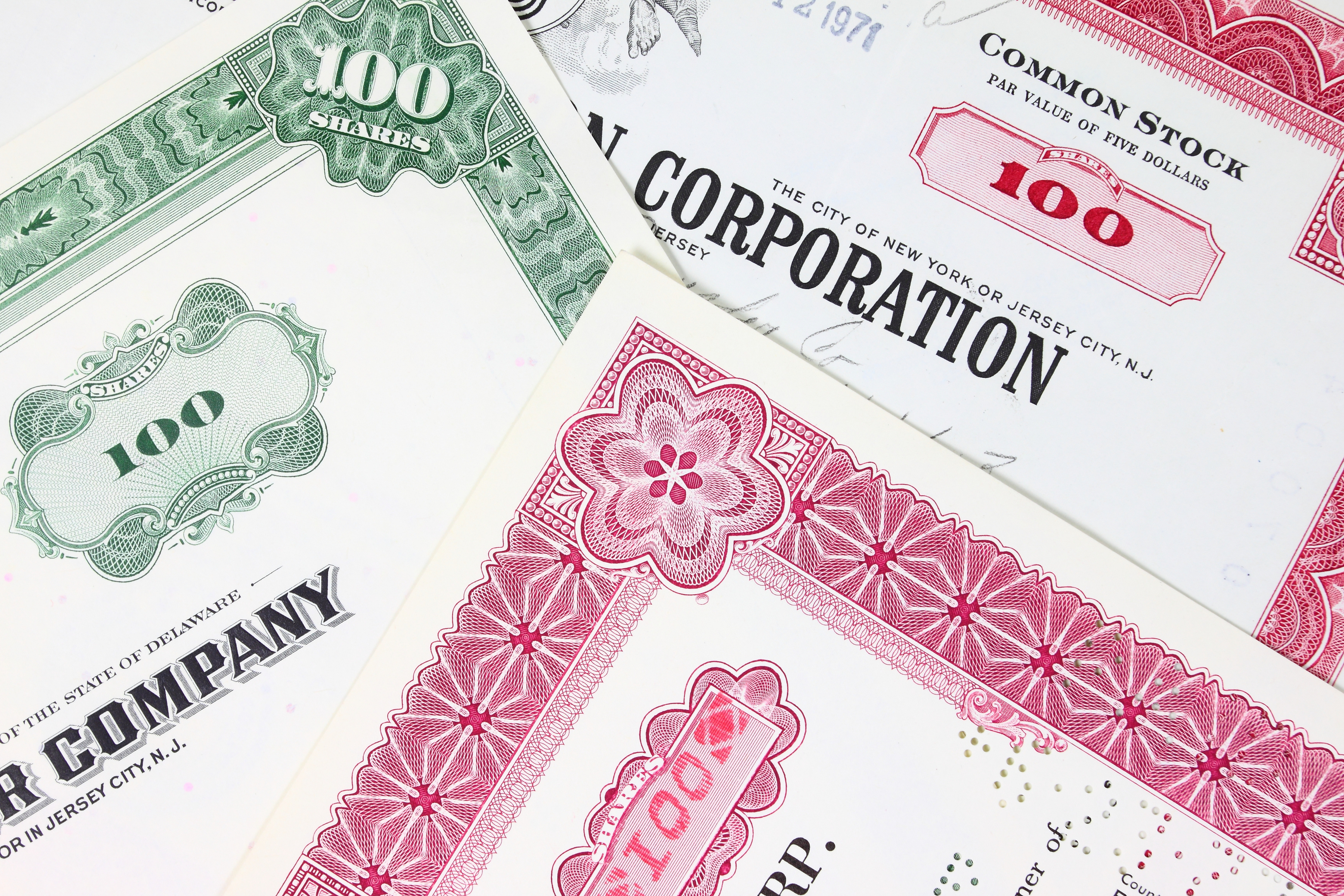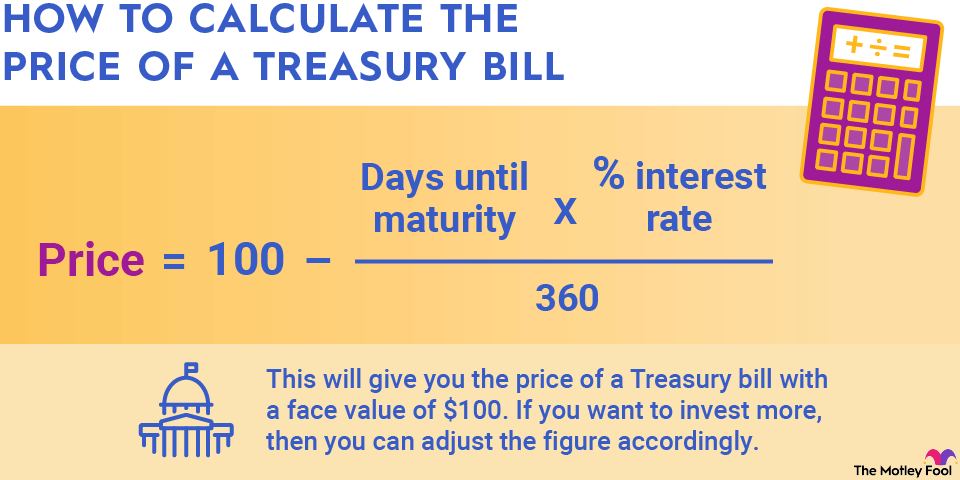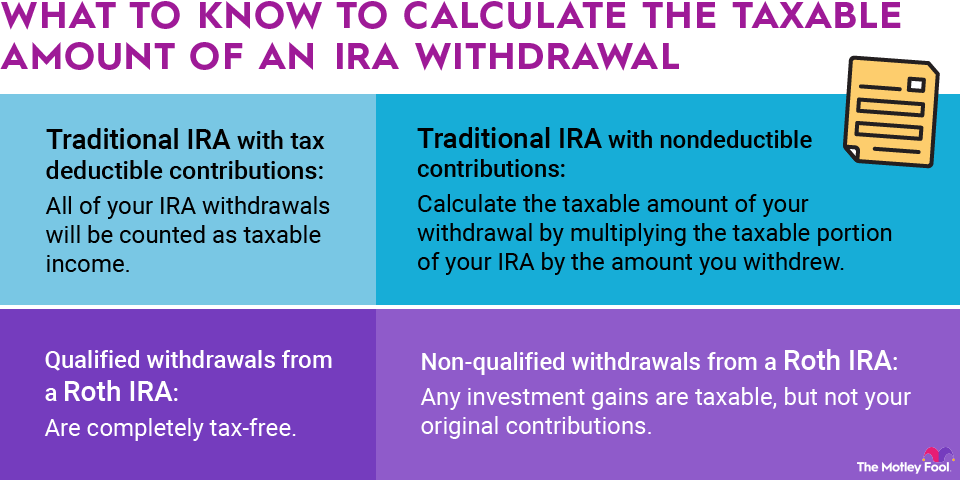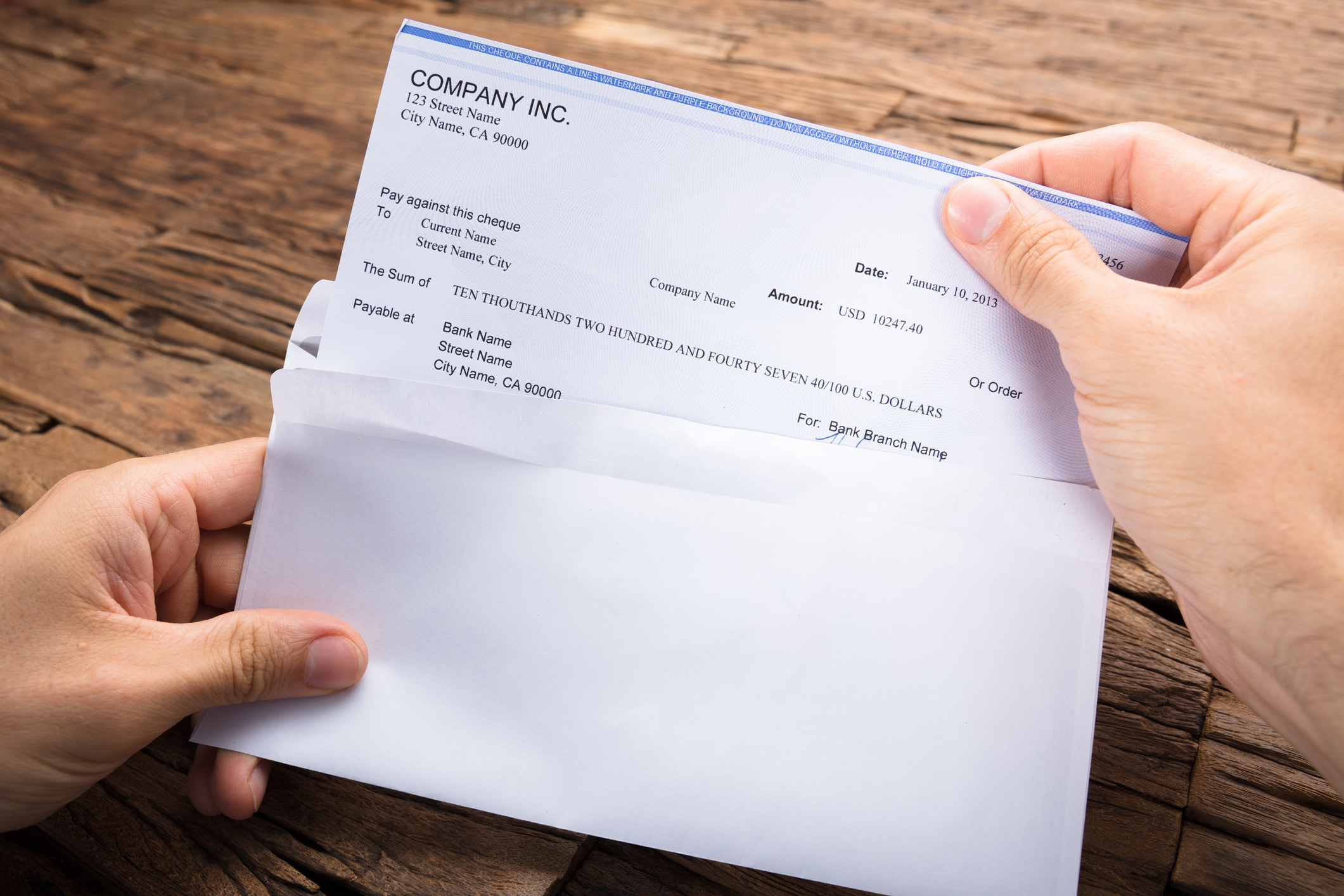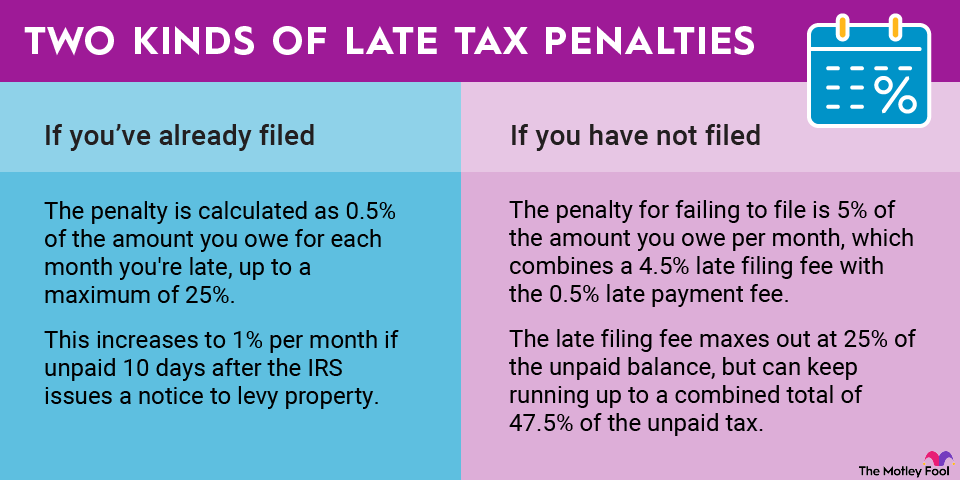Pre-tax profit is a company's operating profit after interest on debt has been paid (plus any unusual items) -- but before taxes are paid.

A company's pre-tax profit -- also known as "earnings before taxes," "EBT," or "income before provision for income taxes" -- can be found on its income statement. Your broker can help you sort through income statements -- if you don't have one yet, visit our Broker Center, and we'll help you get started.
How to calculate
You can also calculate a company's pre-tax profit if you know its net income and tax rate.
Net income is a company's earnings after taxes have been taken out. To get back from net income to pre-tax profits, we just have to put those taxes back in.
Here's net income:
Net Income = Earnings Before Taxes * (1-Effective Tax Rate)
With a little arithmetic, we get
Earnings Before Taxes = Net Income / (1-Effective Tax Rate)
Example
In 2015, Apple (AAPL +0.70%) had net income of $53.4 billion and an effective tax rate of roughly 26.1%. So, its pre-tax profit was approximately $72 billion, which corresponds to the amount listed in its income statement.
Apple's Earnings Before Taxes = $53,394 million / (1-26.1%)
Another way to calculate pre-tax profit
You can also calculate a company's pre-tax profit by subtracting a company's interest expense and adding or subtracting any unusual items from its operating income.
Here's how that would look in the example above:
Earnings Before Taxes = Operating Income +/- Interest Expense and Other Items
Apple's Earnings Before Taxes = $71,230 million + $1,285 million = $72,515 million





